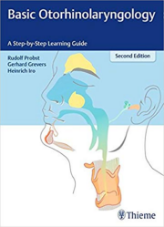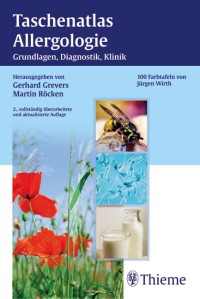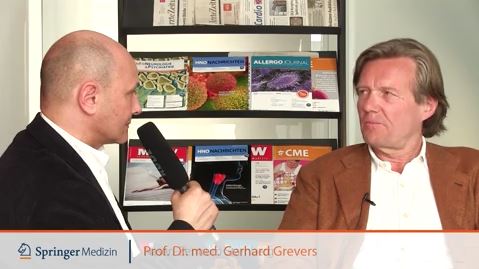Allergic Diseases-Prevention, Diagnosis, Treatment
Allergic diseases have increased in frequency at a significant rate over the past decades. Today 25-30 % of the population in Western industrialized societies suffers with allergic problems. Allergic rhinitis (hay fever) is the most common of these disorders.
As allergic diseases have become more common in our country, much more attention has been devoted to research, discussion and speculation about their causes. Unfortunately, we still do not fully understand why allergies have become so common. In addition to a genetic predisposition, environmental factors also play a key role in explaining the explosive increase in allergic diseases. An alarming statistic is that every fourth child suffers from allergies. This makes it clear that early diagnosis and treatment are essential.
One danger when allergic diseases in any age group are not treated promptly and correctly is the so-called “shift of levels” in which the allergic problems switch form the upper airways to the lower airways with asthma or chronic bronchitis. In addition, allergic reactions may lead to thickening of the inferior nasal turbinates and to development of chronic rhinosinusitis. For this reason, both in diagnosis and treatment, the upper and lower airways must be considered as a functional entity.
Our extensive experience with allergic diseases-in the laboratory, at the university and now in our practice-insures that, if necessary, all the modern diagnostic procedures (allergy tests) will be employed to correctly evaluate possible allergic rhinitis. In addition we offer individualized therapeutic plans incorporating the most modern approaches. These include not only preventive measures but also medical therapy and hyposensitization (allergy shots). For certain indications, minimally-invasive surgery on the turbinates, septum or sinuses can be helpful (see Therapeutic approach to nasal airway obstruction and Therapeutic approach to chronic rhinosinusitis and nasal polyps).












